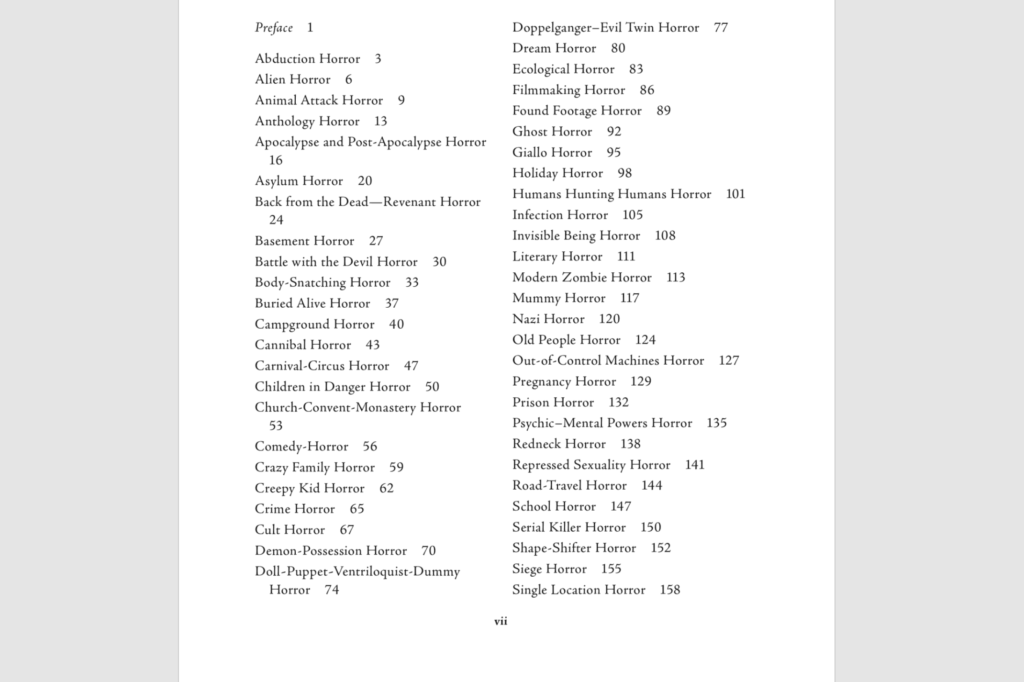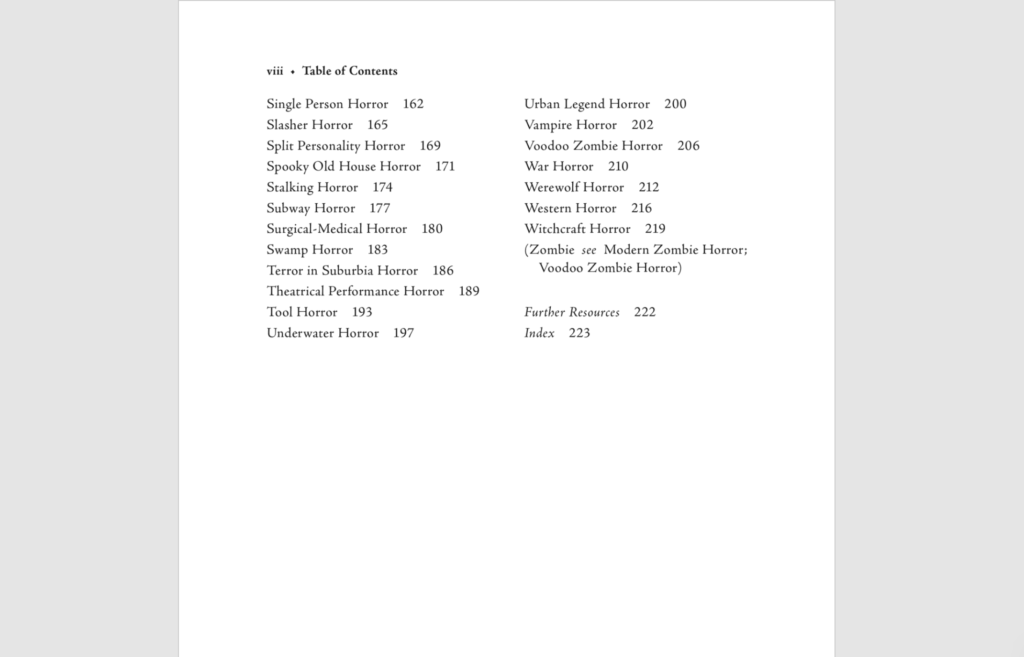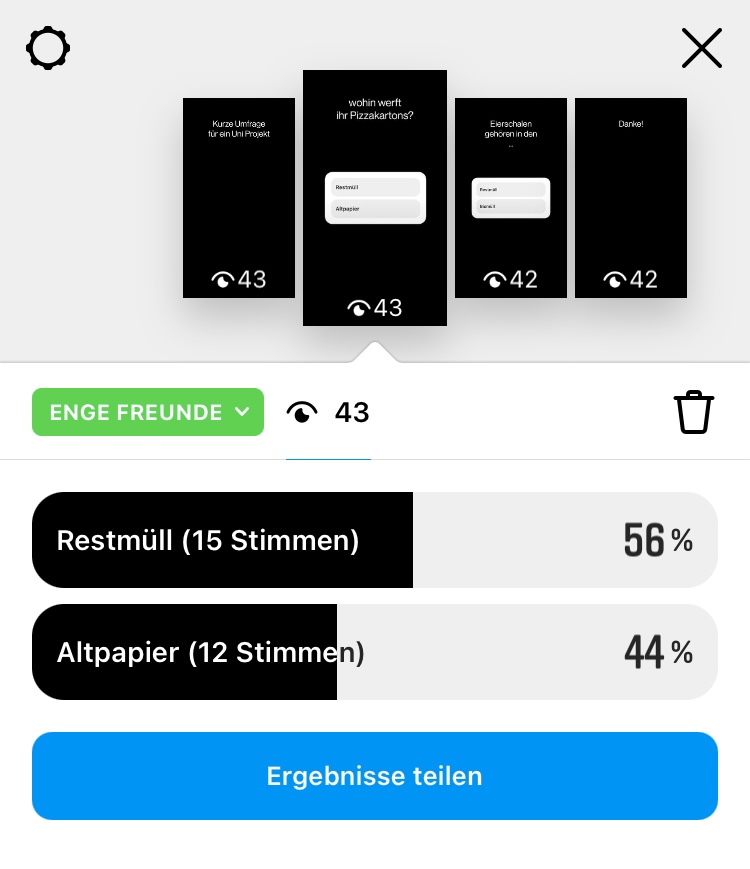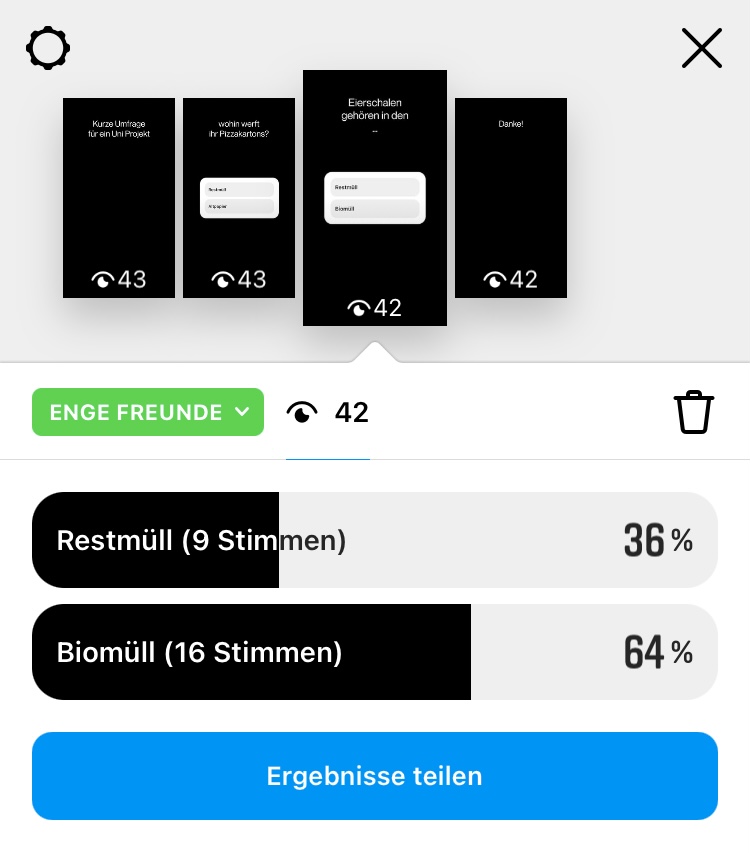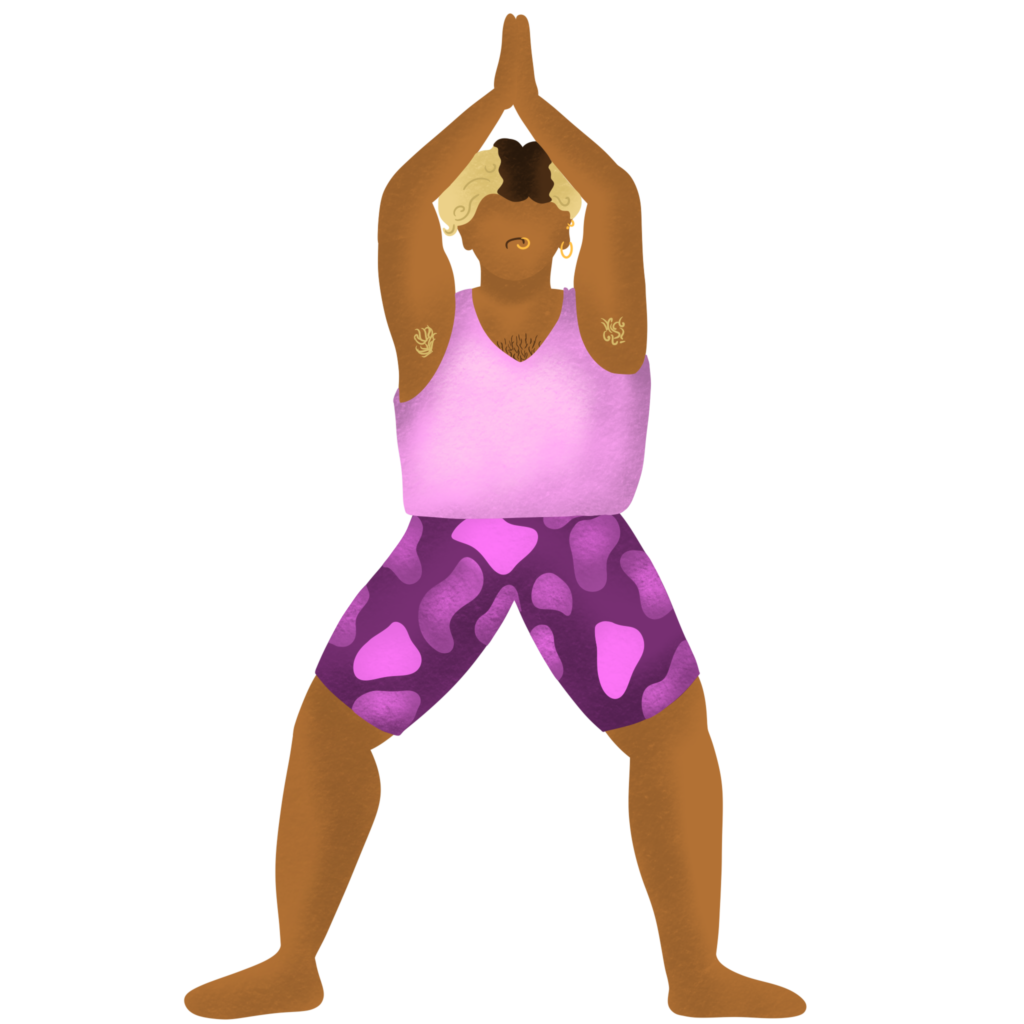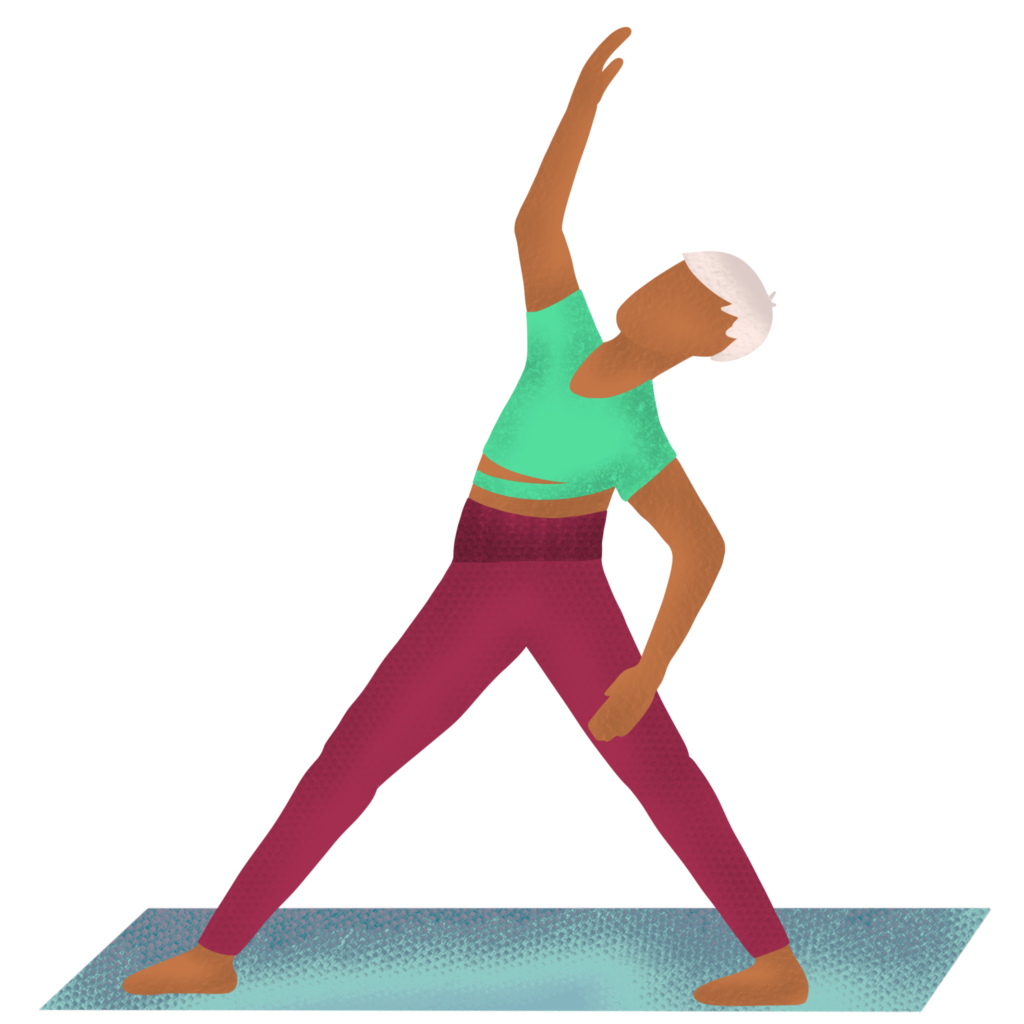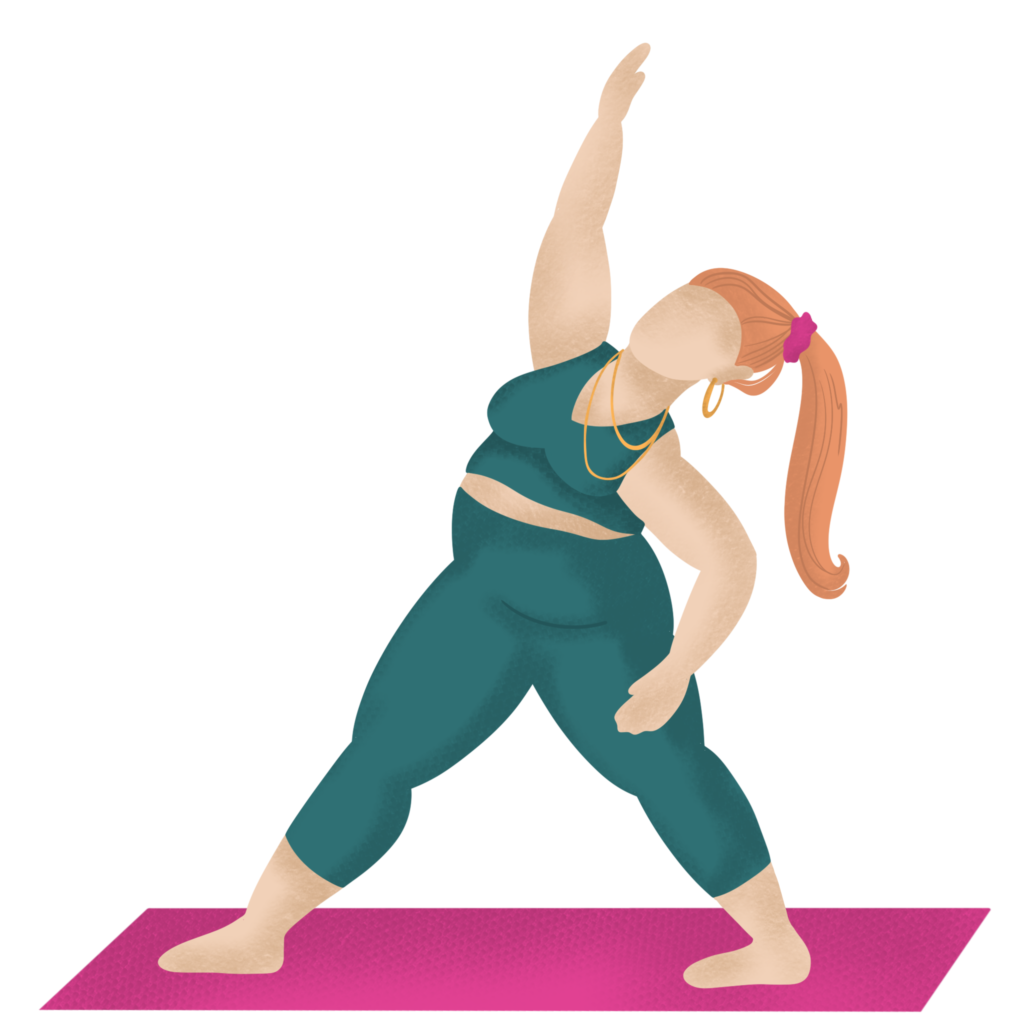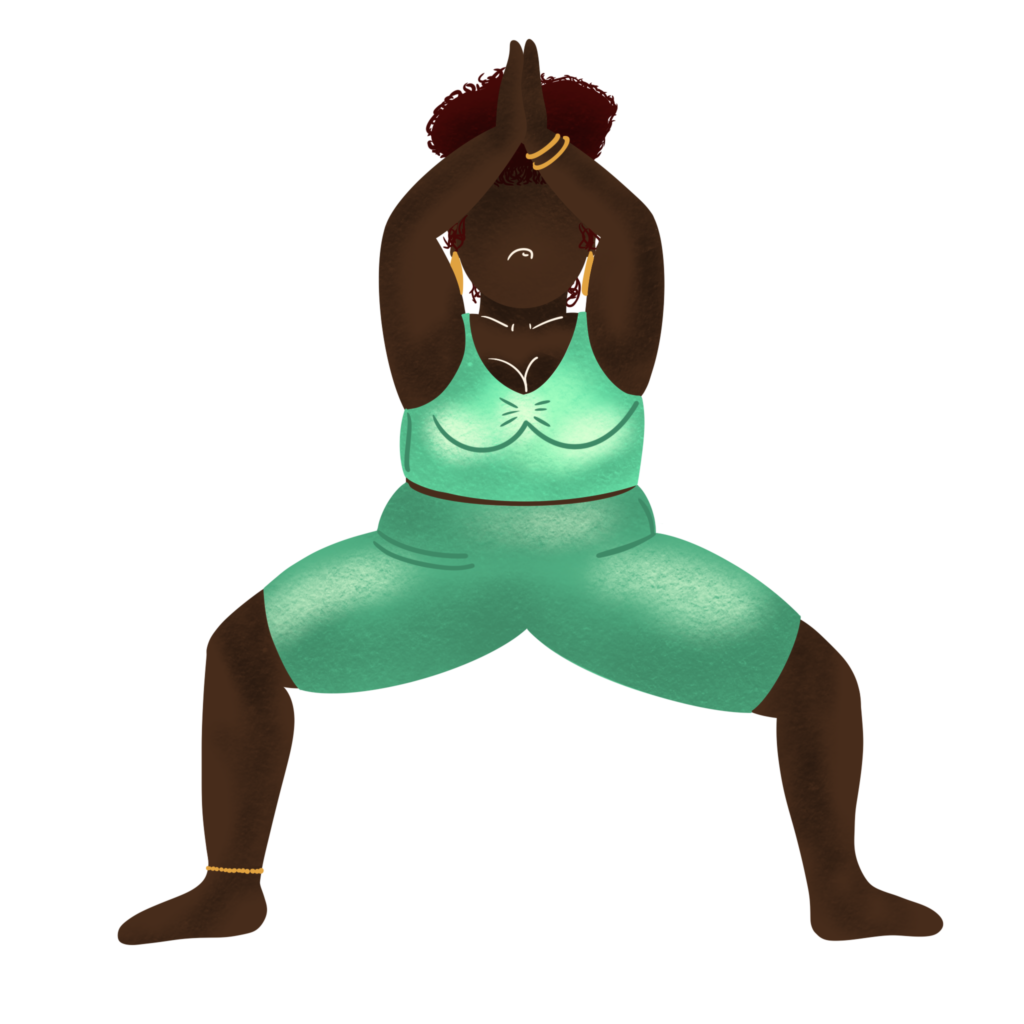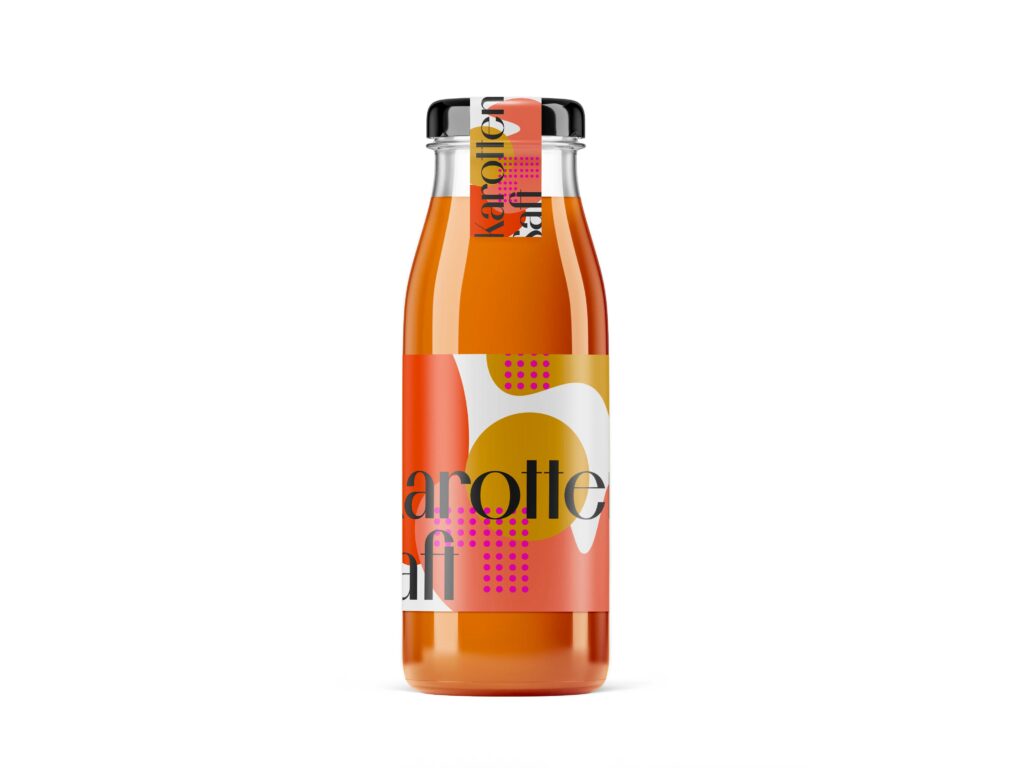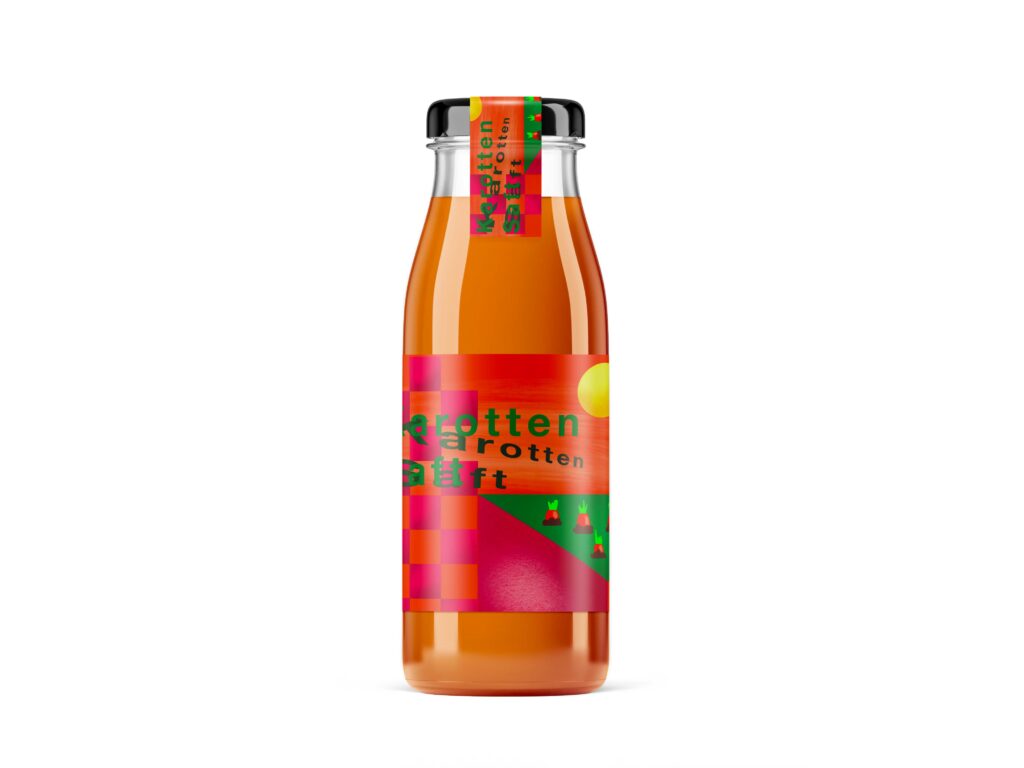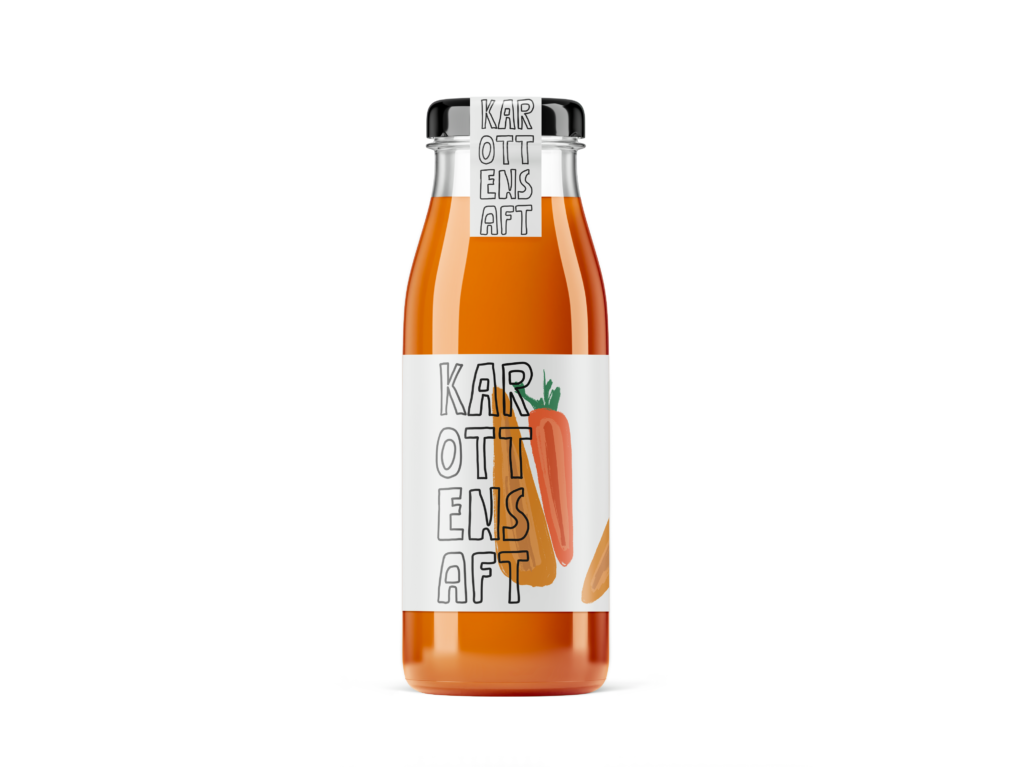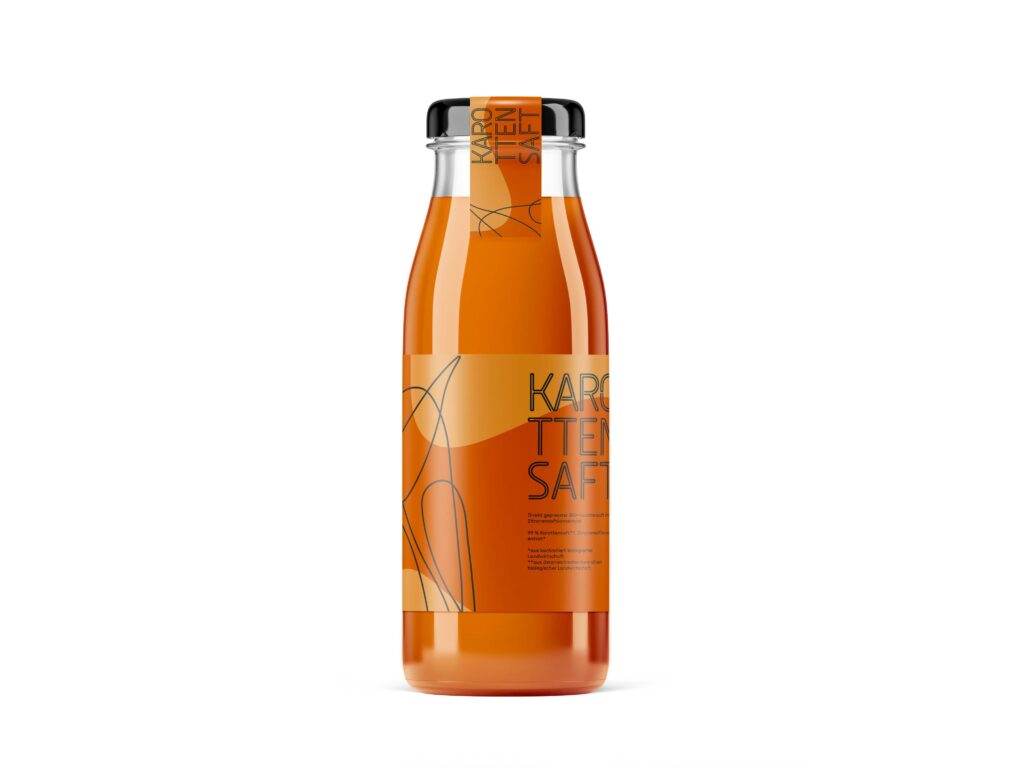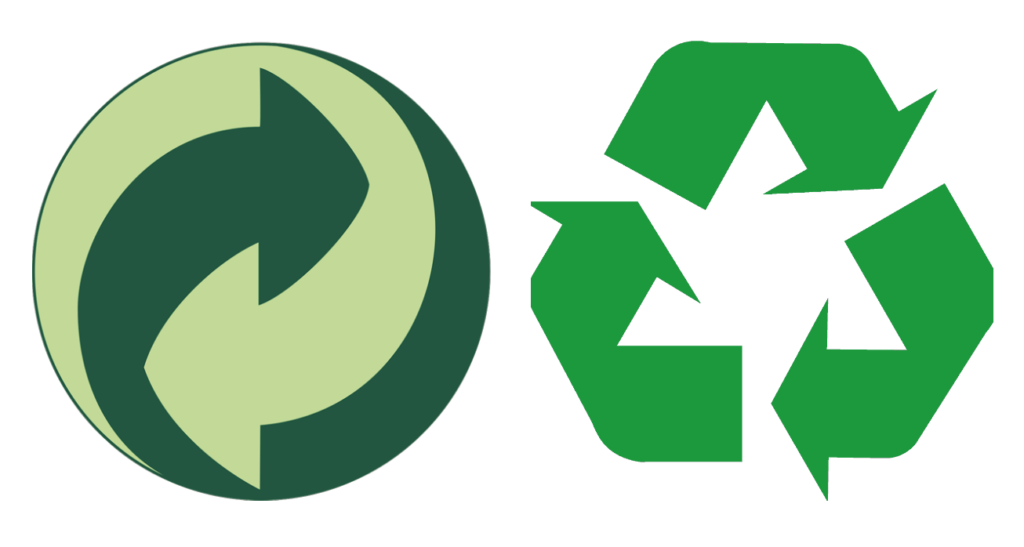Thriller und vor allem Horrorfilme stützen sich auf einige Aspekte der menschlichen Psychologie, die den Rezipienten ein Angst- und Ekelgefühl vermitteln können. Die Kombination aus fiktiven Angstzuständen und der körpereigenen Produktion von Adrenalin und Endorphine erzeugt die sogenannte Angstlust, die ebenfalls mit in die Faszination des Horrors hineinspielt. Diese Art der Filme sind ein, wenn gelungen, perfektes Zusammenspiel aus Psychologie, Dramaturgie und Unterhaltung. Selbst die brutalsten Genres, wie Slasher und Splasher zeigen dramaturgische Mittel, die mithilfe des Wissens über die menschliche Psychologie den Zuschauer den Horror erleben lassen.
Meine ursprüngliche Faszination von Stephen Kings und Alfred Hitchcocks Werken hat sich durch meine Recherchen noch mehr gefestigt, wie auch ausgeweitet: die Filmreihe „Halloween“ von John Carpenter hat mich auf eine neue Art und Weise den Horror spüren lassen. Der Thrill hat mich während dem Anschauen, öfter als es mir lieb war, zusammenzucken lassen. Daraus schließe ich, dass selbst wenn man sich mit der Thematik des Horrors intensiv auseinandersetzt, man immer noch überrascht werden kann. Und das schätze ich sehr an diesem Genre.
Zudem finde ich es außerordentlich interessant wie viele Subgenres im Genre Horror existieren. Die, die ich bisher beschrieben habe, sind nur ein kleiner Teil. Dazu teile ich Screenshots aus dem Inhaltsverzeichnis des Buchs „Horror films by subgenre a viewers guide“ von Fernandez-Vander Kaay und Kathleen Vander Kaay unter diesem Blogeintrag.
Des Weiteren fand ich die Thematik ausgesprochen interessant, was die Unterschiede zwischen der Ausstrahlung von brutaleren Filmen (ab 16/18 Jahren) im TV sowie im Kino sind und das nicht nur die FSK für den Jugendschutz versucht zu sorgen, sondern das ebenfalls die FSF mit hineinspielt. Auch die „Tricks“, die private Fernsehsender nutzen, um dennoch solche Filme veröffentlichen zu können, hat mich erstaunt. Da ich selbst selten fern sehe, ist mir die Zensur von Filmen bisher nicht stark aufgefallen.
Mehr vertiefen möchte ich mich in die Thematiken, wie Horror aus der Sicht der Schauspieler entsteht und sich anfühlt, was Filmrollen mit ihnen psychisch anstellen können, dramaturgische Mittel im Vergleich: Horror vs. Familienfilme und wie das Marketing vom Stephen King- „Imperium“ funktioniert.
